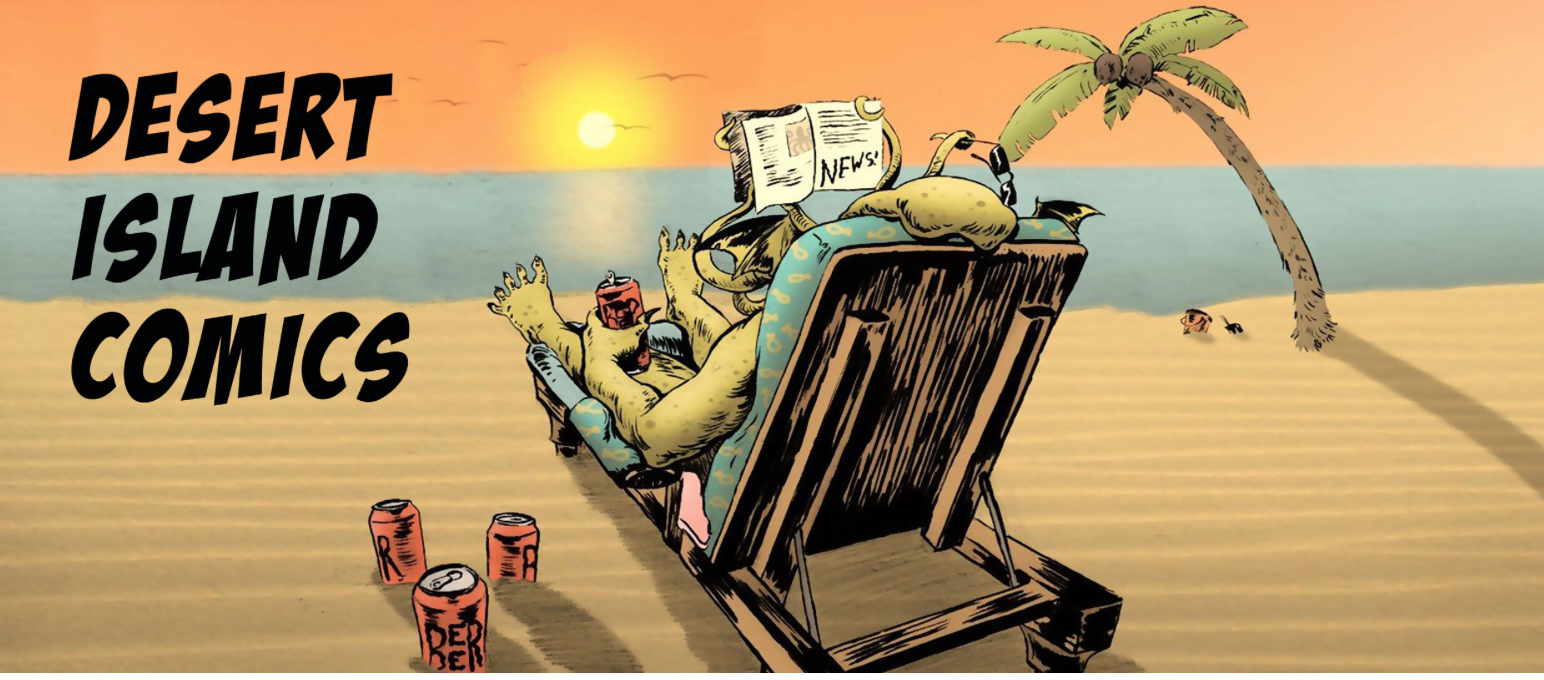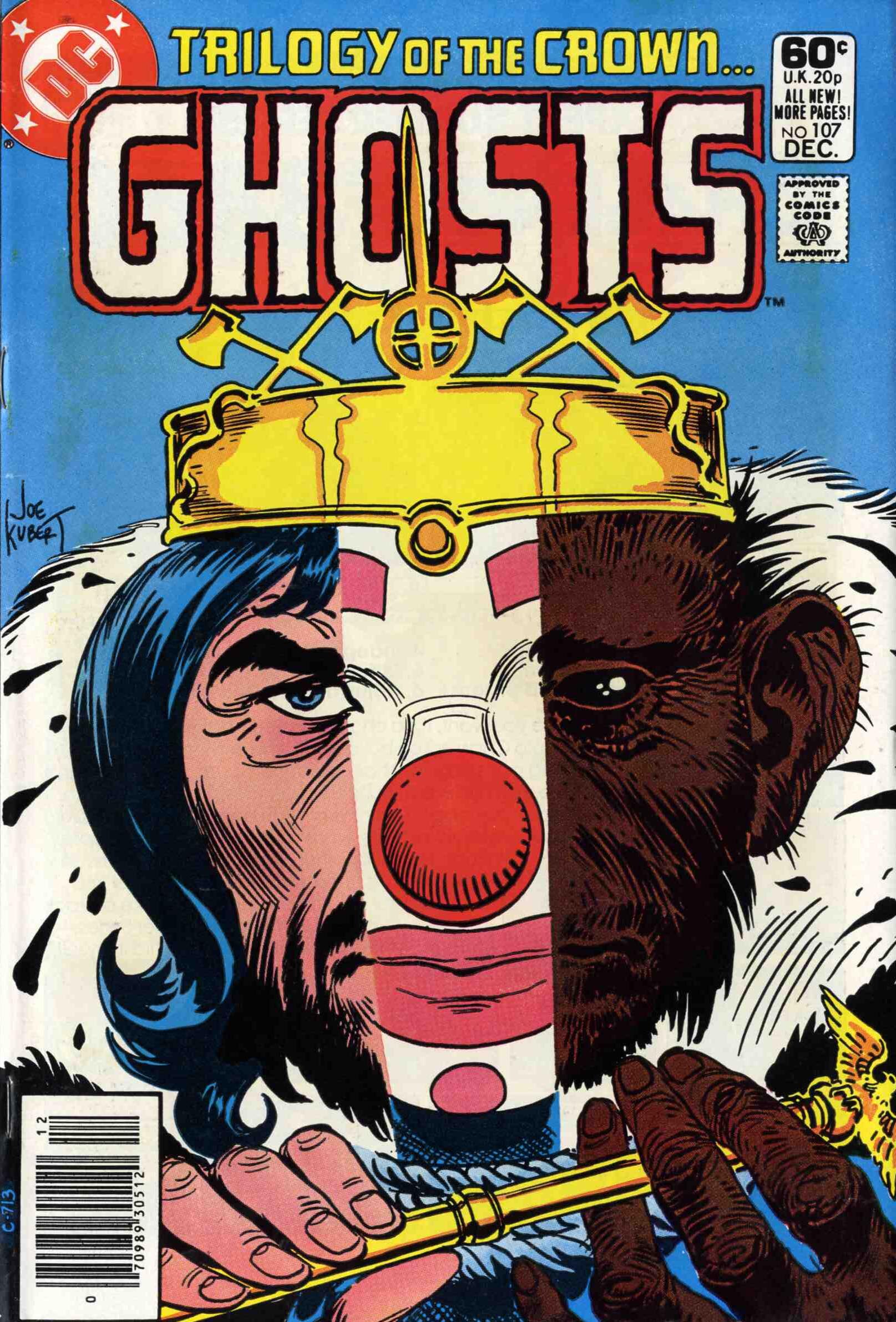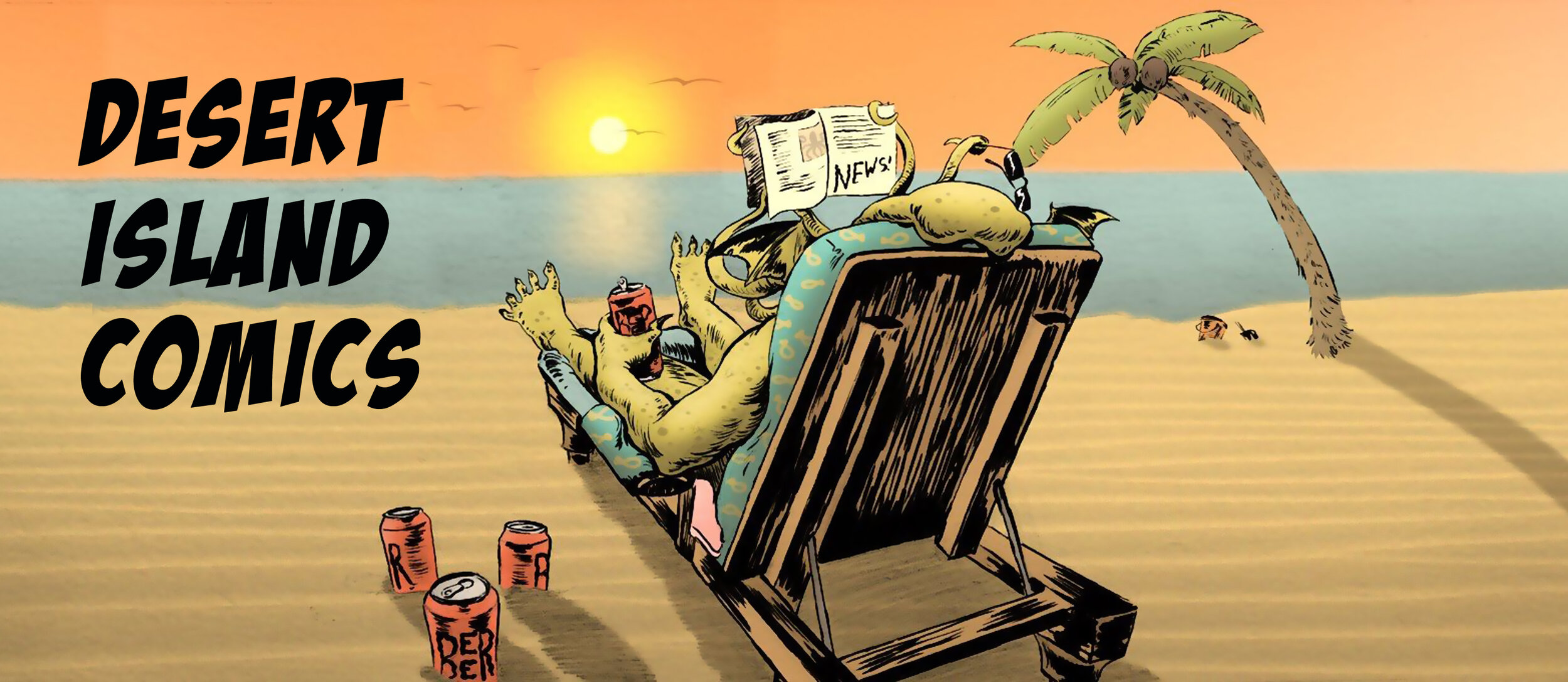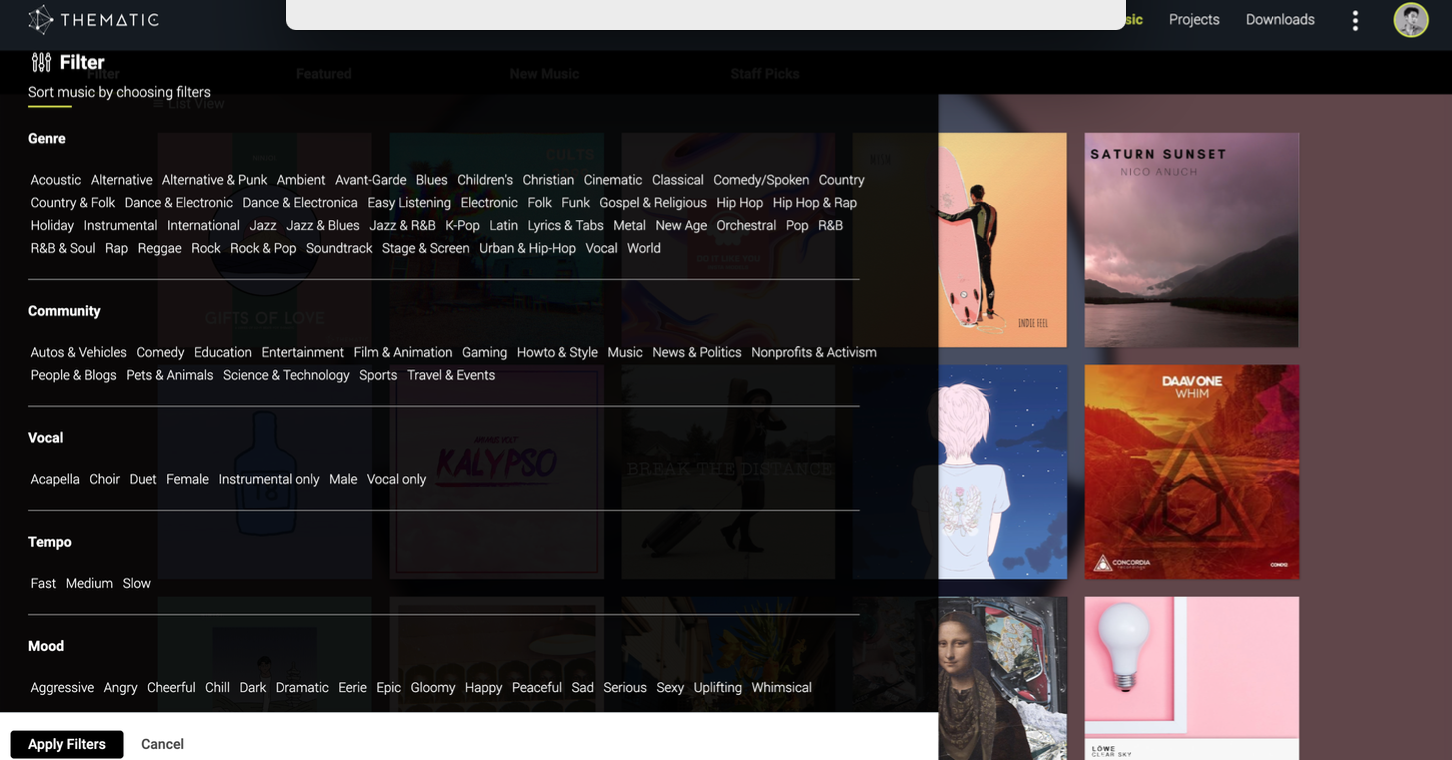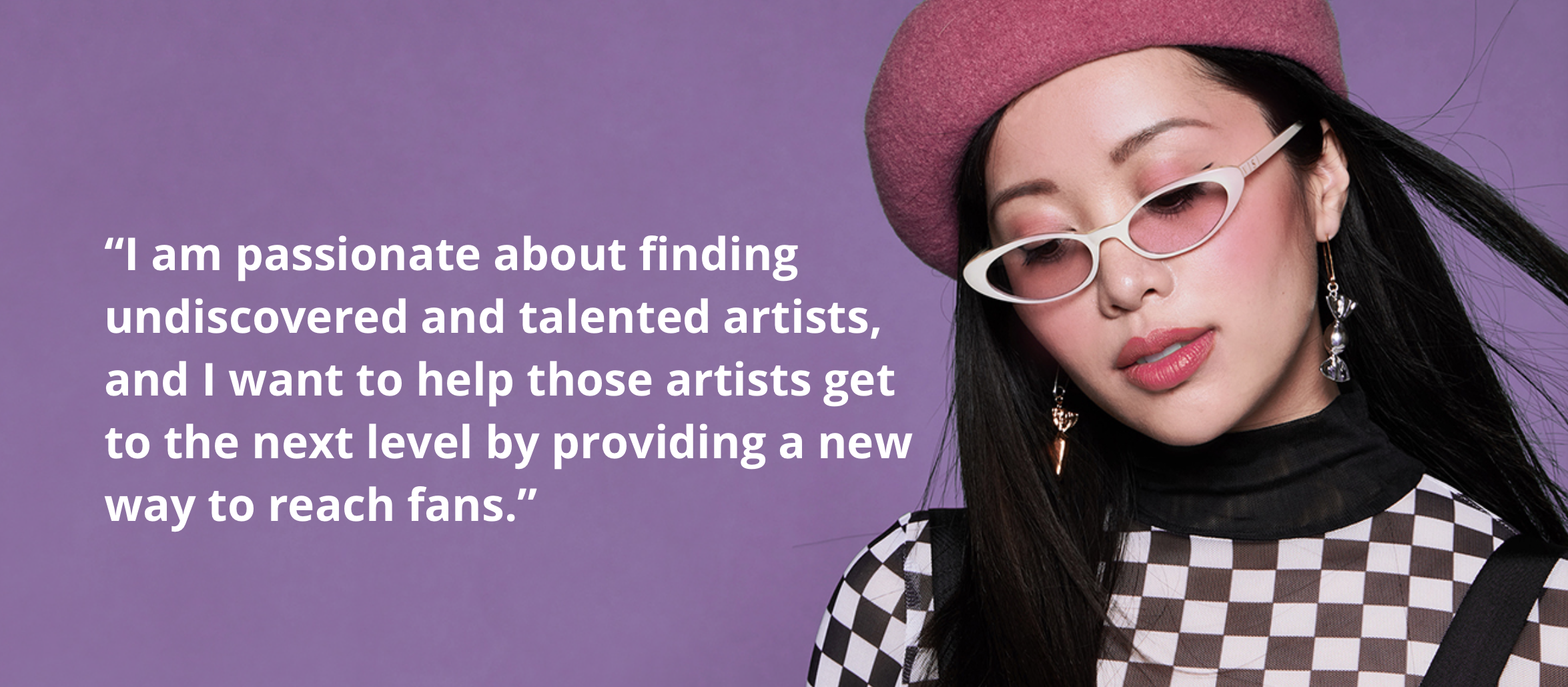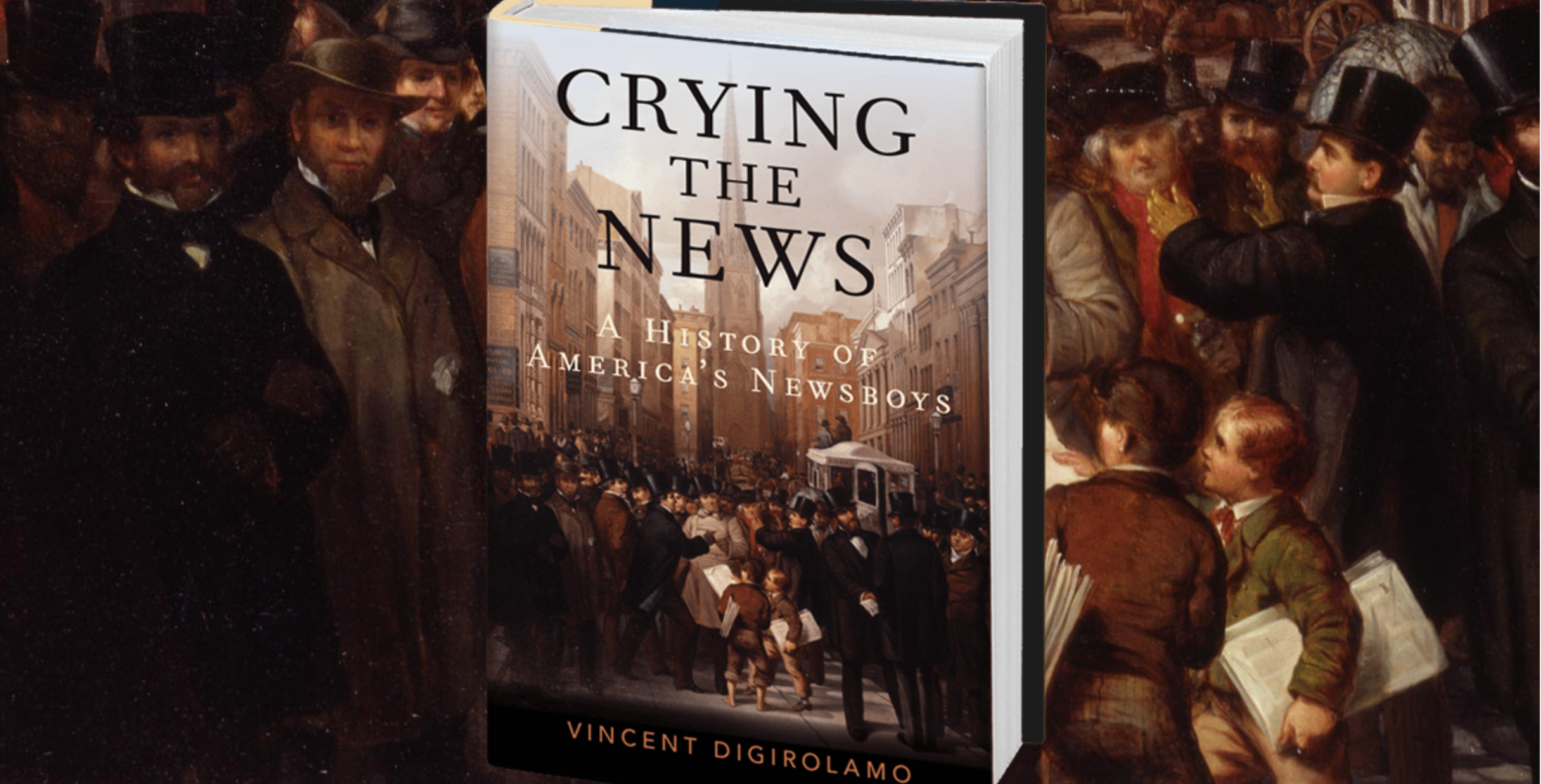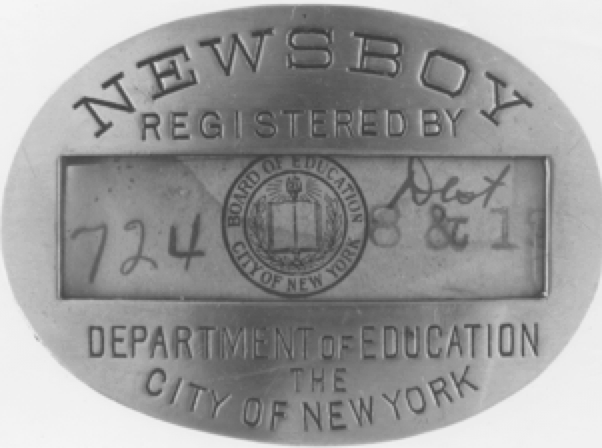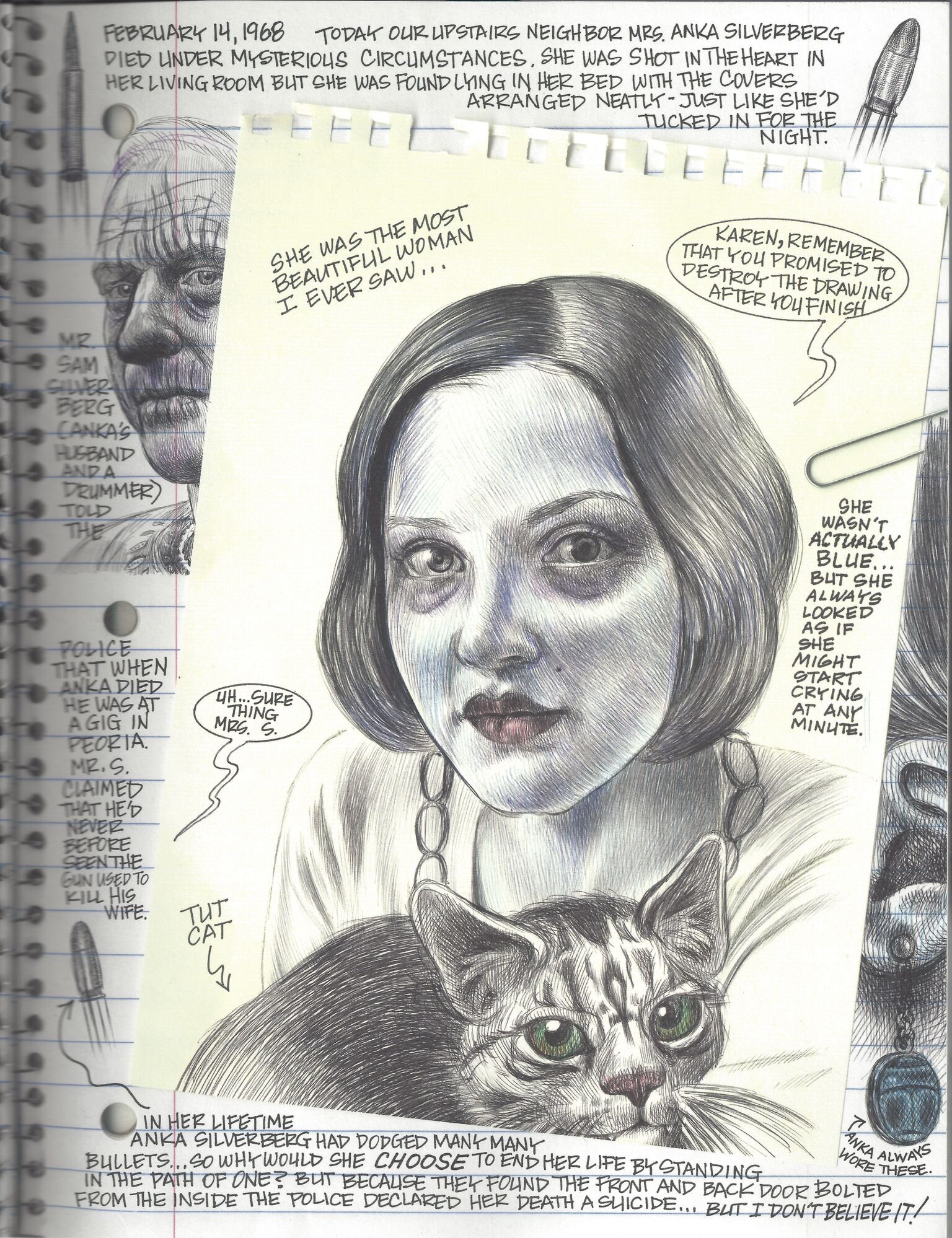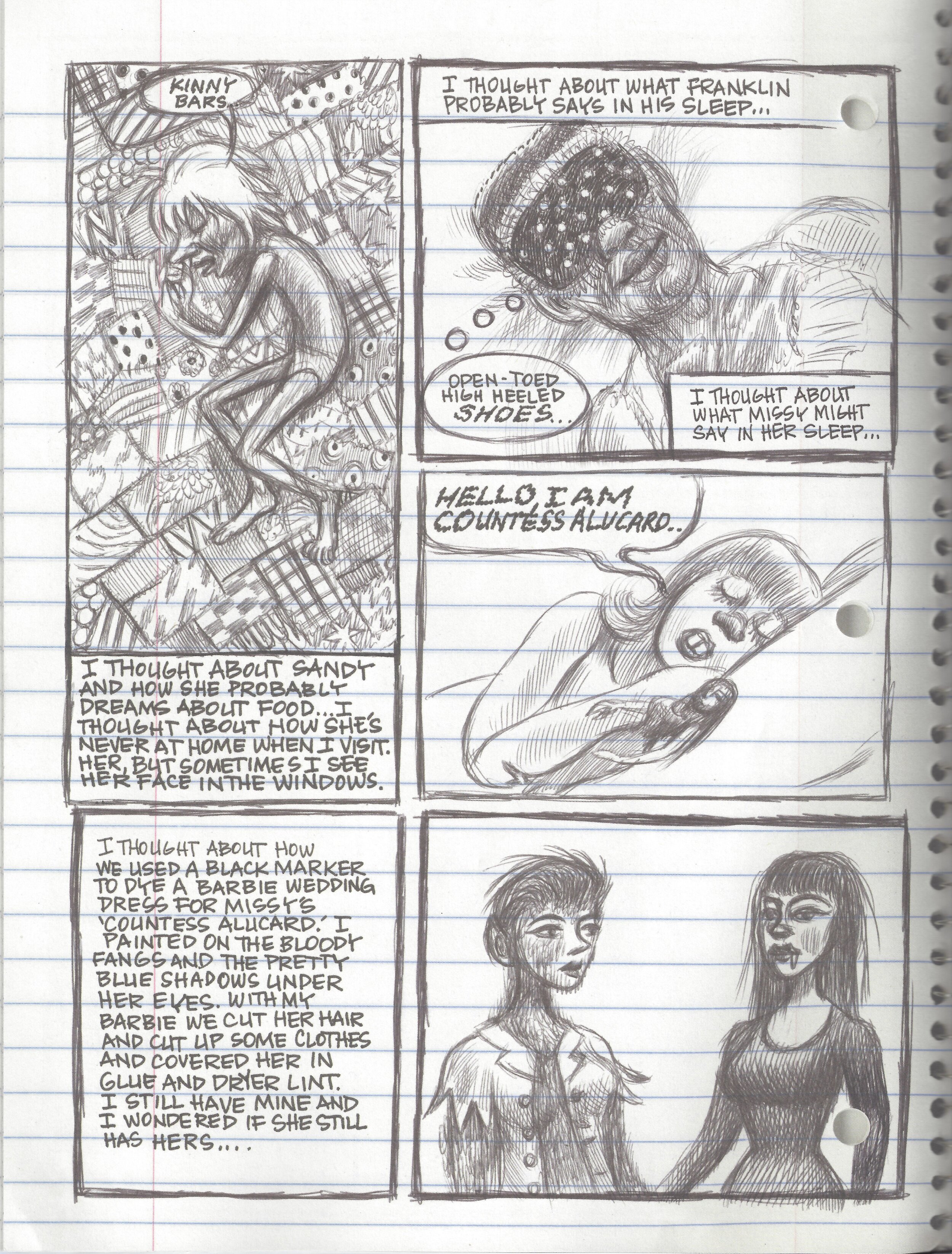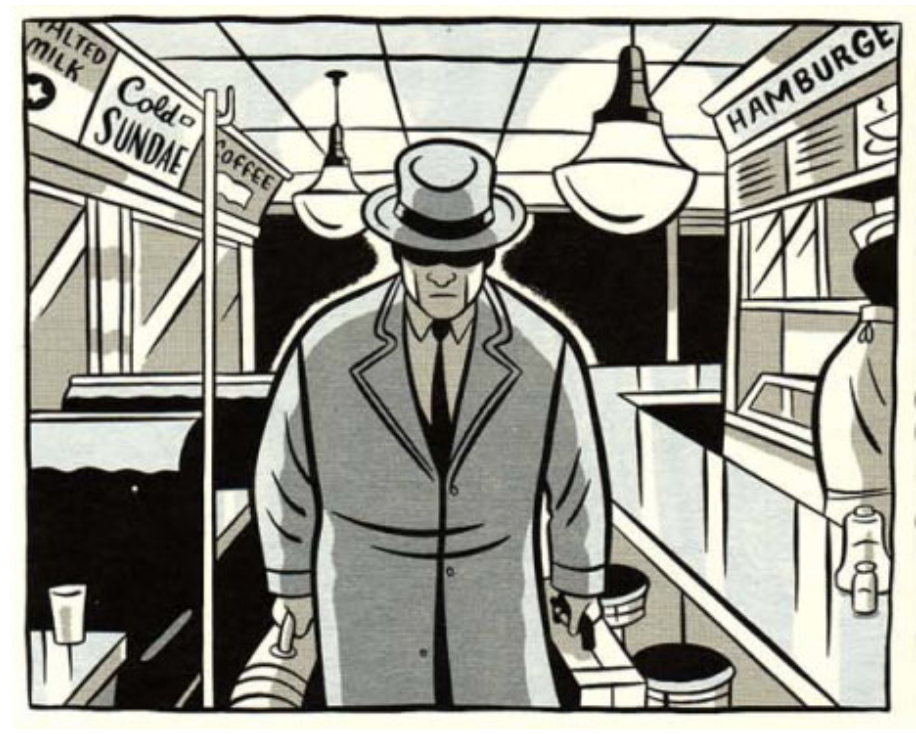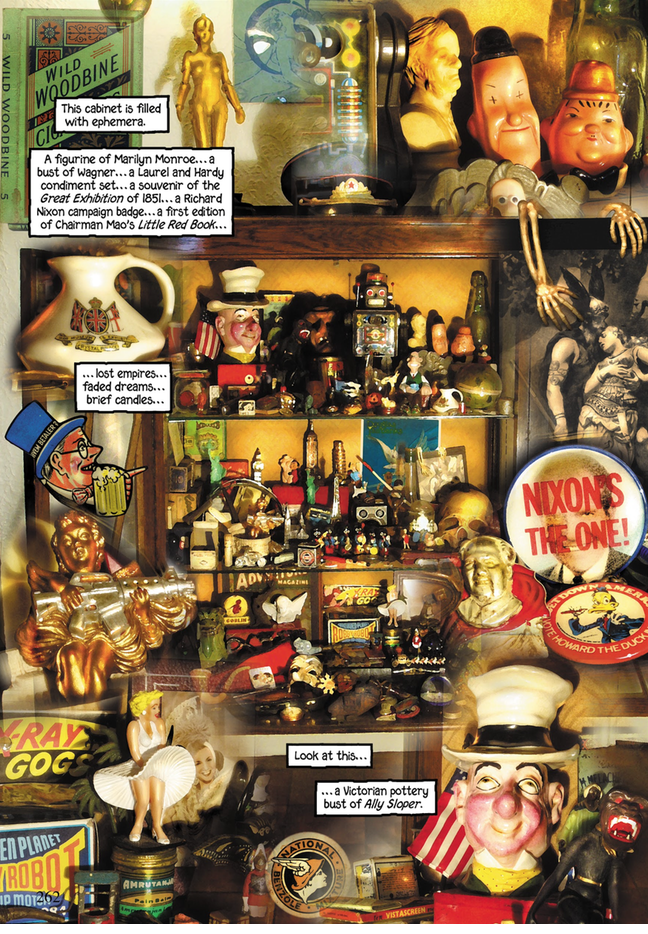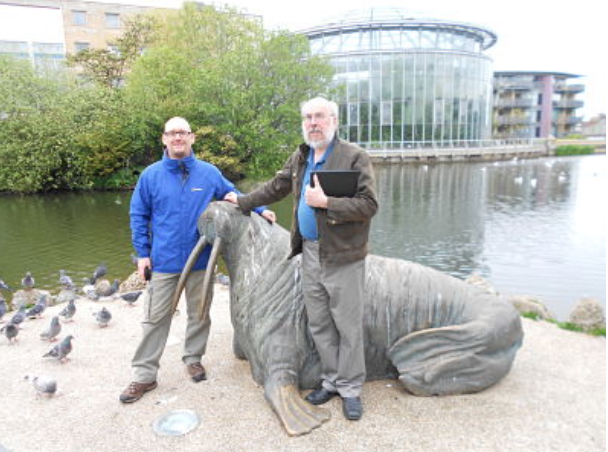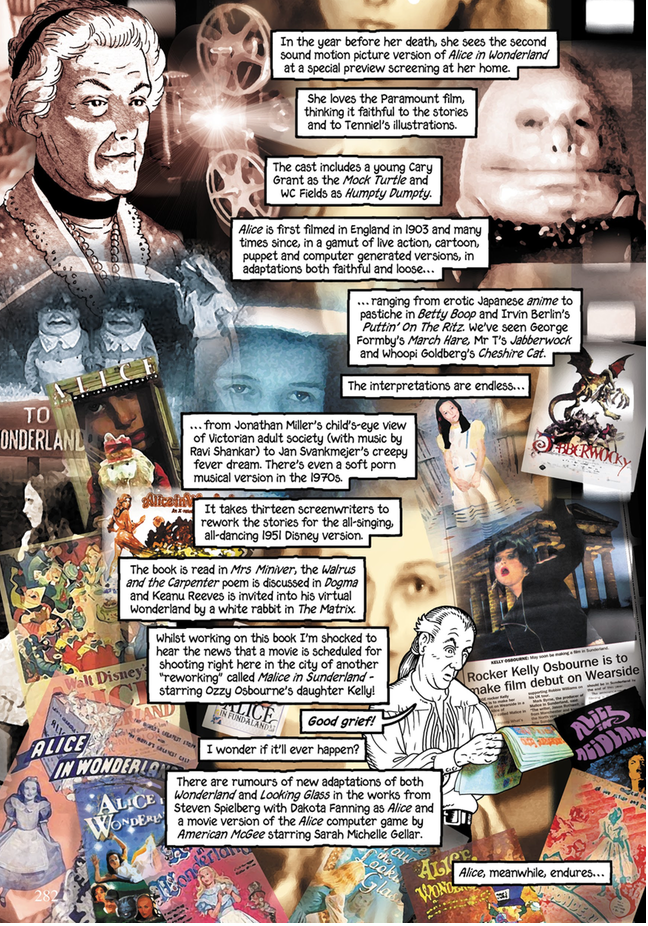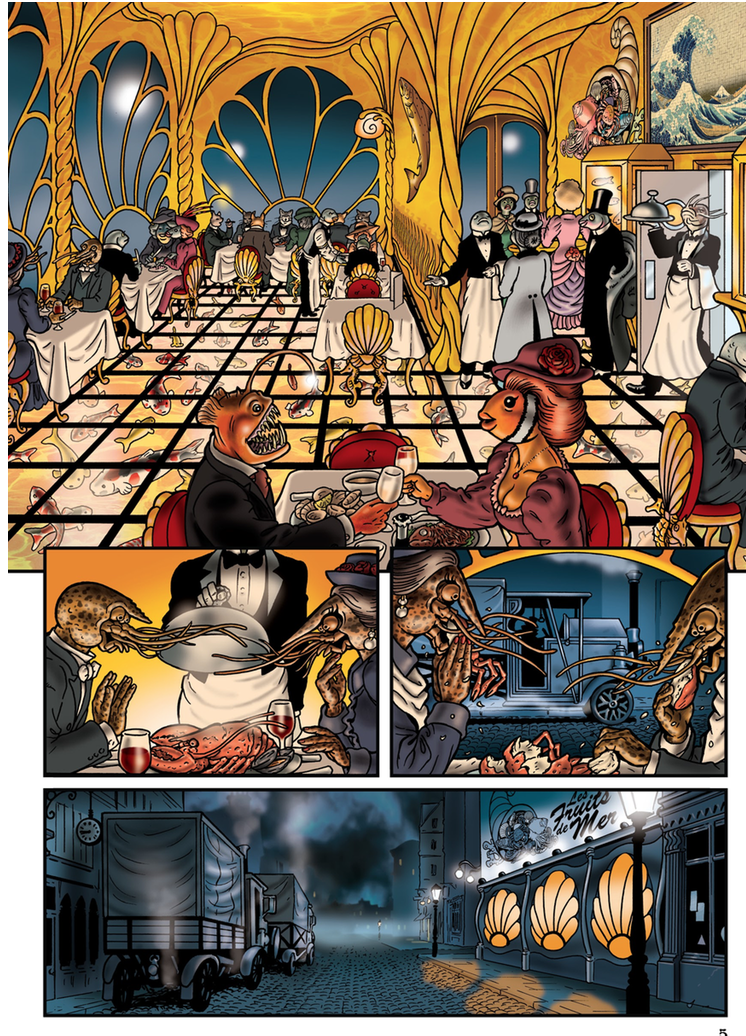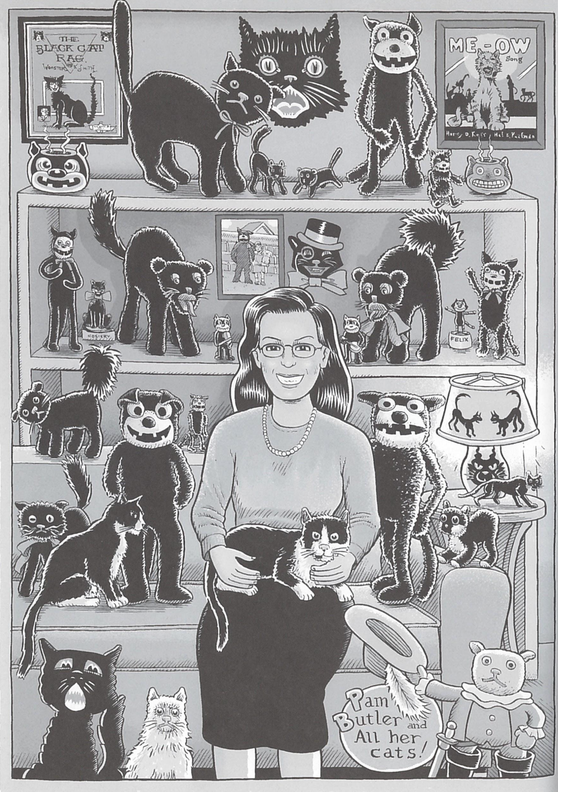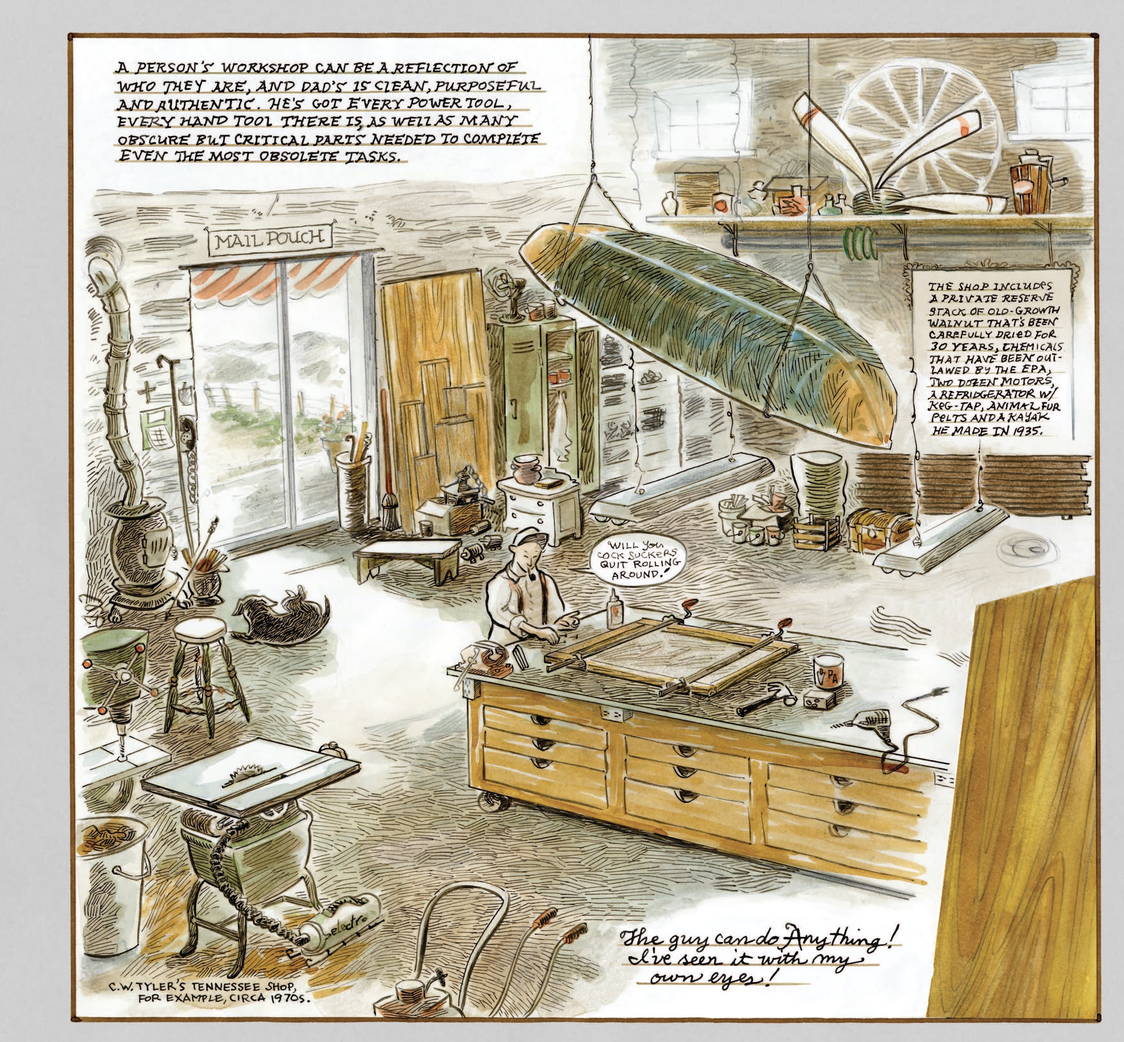Identity, Power, and Soiled Storytelling: Examining the Contemporary Politics of Authorship through American Dirt (1 of 3)
/Identity, Power, and Soiled Storytelling: Examining the Contemporary Politics of Authorship through American Dirt (1 of 3)
Olivia González
Who am I to tell their stories, if I cannot tell my own?
Of uncertainty, ambiguity—what are you? Where do you call home?
I straddle the line between neighboring worlds, un pie plantado en cada lado.
Soy Mexicana like my papá. And like my mama, I am Anglo.
But blurring the borders of these worlds is unacceptable. I am pushed out and in.
Painted with the labels of others, I am “Gringa.” “Pocha.” “Exotic.” “Foreign.”
My tongue twists to speak their languages, but theirs only twist to spit:
“You’re a Hispanic, aren’t you? You don’t look white.”
“No eres una Mexicana auténtica. Eres gringa. You’re not a real Mexican. You’re a white chick.”
But in these discursive borderlands, my güera hands hold privilege and power.
And through my access to higher education, my own voice can be made even louder.
So I take up this platform and pass it to las mujeres: Chicana, Latina, y Mexicana.
To amplify the stories of those seeking la liberación, justicia, y esperanza.
—"¿quíen soy yo?”, Olivia González
Introduction
As I leaf through the pages of Jeanine Cummins’ American Dirt, I oscillate between feeling engrossed and repelled; navigating a simultaneous sense of intimate closeness with, yet distance from, the characters. Published in January 2020, American Dirt traces the fictional journey of Lydia, a Mexican bookstore owner, and her young son, Luca, as they flee cartel-bred and led violence in their hometown of Acapulco, Mexico, and attempt to emigrate to the United States. In a multitude of jarring moments, I find myself rubbing my eyes and cheeks to remove the saline stains that have appeared there—tears that fell as Luca’s formed atop a dusty northbound train passing a town near Jalisco.
I am shocked and angered by every moment of my own sorrow. These feel like the tears of a traitor, of a woman transfixed by a spectacle of suffering about those in Mexico and the borderlands—about those like her own familia. I feel a deep part of me ache, struggling to process the haphazard similarities: of the journey that my own papá made around the same age as Luca’s character, traveling from a town in Jalisco across the border into an unfamiliar and unwelcoming land. But as I swallow the lingering sting of sorrow in the back of my throat, I recall that this isn’t my papá’s story. Nor is it my own. In fact, according to myriad critics, it isn’t anyone’s story. As critics have suggested, Luca and Lydia’s narrative is a “hollow, harmful” fiction (Bermudez, 2020a), soiled by its non-Mexican and non-migrant author’s telling and selling of a story that—not rooted in her own experiences, and inaccurately depicting the experiences of her subjects—does not belong to anyone.
Since its publication, American Dirt has garnered considerable attention and controversy, landing squarely in the center of debates about authorship and appropriation. American Dirt initially received substantial pre-release acclaim from various critics and creatives, such as authors Stephen King and Sandra Cisneros, and actresses Salma Hayek and Yalitza Aparicio. However, criticisms of the noveland of Cummins have since surged and widely circulated, with audiences and authors alike decrying American Dirt as an exemplar of cultural appropriation, and a formidable reminder of extant inequities in the U.S. publishing industries. Some early supporters of the book have thus rescinded their praises, while others have sustained their support—joining Cummins in defending her work, and critiquing the role that “cancel culture” and identity politics have purportedly played in fueling the backlash the book has received.
As many of those caught in, or reporting on, this controversy have acknowledged, these diverging responses to American Dirt revolve around an increasingly contested question in contemporary discourses: who gets to tell and sell what stories? As a doctoral student researching the storytelling practices of minoritized filmmakers, this question permeates my own writing and reckonings with my power and positionality. Thus, I find myself tangled in complicated ties to Cummins. While I agree with the aforementioned criticisms of American Dirt, I see some of my own anxieties about identity, power, and authorship reflected in a key question that Cummins has repeatedly raised: who am I to tell their stories?
Simultaneously, as a white Chicana born to an Anglo-American mother and a Mexican immigrant father, I have also struggled to make sense of my authority as a critic of Cummins’ work. My childhood was filled with my papá’s stories of his own childhood in Mexico where his family made do with little means, of his journey to the U.S., his experiences teaching himself English to survive an Anglo-American school system, and his forced internalization of the “pull yourself up by your bootstraps” narrative. These stories are not my own; I was born in the U.S. and raised in a California suburb, I had the luxury of learning English at a very young age, and I have spent the past seven years in higher-education classrooms where my time has been spent critiquing ideologies like the “bootstraps” narrative, rather than living them for hope and survival. However, as celebrated Chicana feminist scholar Cherríe Moraga (1983) describes in reference to her Chicana mother, my papá’s stories “crept under my ‘güera’ skin” and his life “into my heart” (p. 28), shaping who I am and how I engage with other stories about immigrants and the U.S.-Mexico border. And yet, contending with the norms of the academic spaces that I inhabit—in which the autobiographical may be considered illegitimate for straying from norms of “neutrality” or objectivity—I find myself questioning what role my güera heart, skin, and voice can and should play in my analyses ofAmerican Dirt. I question: who, and how, am I to critique this story?
Through this work, I take up these questions, and embrace my angry, aching güera heart and pocha tongue to examine American Dirt and what it tells us about the contemporary politics of authorship. Specifically, I examine discourses around American Dirt—including arguments posed by Cummins and her critics and supporters, and my own reactions to the novel and the controversy surrounding it. I inquire: What do the debates about American Dirt tell us about identity, power, and literary production and reception in the United States? What do these debates reveal about the current politics of authorship in the U.S.? And what implications do the creation, reception, and critiques of American Dirt have for audiences and authors, and for students and scholars, such as myself?
“Timely” Page-Turner or “Trauma Porn?”: Debating American Dirt
Before its official release, American Dirt garnered substantial acclaim and anticipation. With waves of positive pre-release reviews and reports of a “bidding war” ending in a million-dollar publishing deal, critics deemed American Dirt one of, if not the, “most anticipated release of 2020” (Varela, 2020, para. 2). In the months leading up to the book’s publication, handfuls of writers produced glowing advance reviews, calling American Dirt “extraordinary”(Stephen King, n.d.), “important and timely…rich in authenticity” (John Grisham, n.d.), and“relevant, powerful, extraordinary” (Kristin Hannah, n.d.). Additionally, renowned media executive Oprah Winfrey selected American Dirt to join Oprah’s Book Club—a “coveted and exclusive fraternity” known for bolstering attention and sales for the books inducted as its members (Nielsen, 2011, para. 1). Transmitting the decision via Twitter, Winfrey described American Dirt as “a heart-wrenching page-turner” (oprahsbookclub, 2020) that “changed the way I see what it means to be a migrant in a whole new way” (Winfrey, 2020).
However, following American Dirt’s release and its selection for Oprah’s Book Club, both Cummins and Winfrey were quickly met with backlash and a widespread call to boycott the book. Twitter users, many of whom identified as Mexicans and immigrants, critiqued the novel’s inaccurate and stereotypical portrayal of its subjects—calling American Dirt, and Winfrey’s decision to promote it, “disappointing” (von Essen, 2020). Others claimed that through this book, Cummins—who had primarily publicly identified herself as white and her family as “mostly” white “in every practical way” (Cummins, 2015) prior to publishing American Dirt—was engaging in cultural appropriation and “brown-face” (Rodriguez, 2020, para. 2). And many Twitter users critiqued the book and the praise it was receiving in relation to the realities of a publishing industry dominated by white authors and critics—an industry that is “so out of touch—that so rarely supports immigrants to tell our own stories—eager to make money off of our suffering with a cheap, stereotypical thrill” (Bermudez, 2020b).
Additionally, Mexican, Latinx, and Chicanx writers’ critiques of American Dirt—many of which had been published before the novel’s release, but were buried beneath a mountain of positive pre-release publicity—began widely circulating among this ever-expanding chorus of critiques on Twitter. For example, Chicana writer Myriam Gurba’s review of American Dirt, which was originally published in December of 2019, came to the fore of the debates. In a piece titled “Pendeja, You Ain’t Steinbeck: My Bronca with Fake-Ass Social Justice Literature,” Gurba (2019) describes American Dirt as a “trauma porn that wears a social justice fig leaf,” and critiques Cummins’ decision to write it—highlighting that while Cummins herself acknowledged that she “lacked the qualifications to write Dirt…she did it anyways. For a seven-figure sum.” And as Gurba claims, Cummins’ lack of qualifications is evident in the book, which reads like it was written by someone who is neither Mexican nor an immigrant. According to Gurba (2019), this is particularly evinced by the novel’s protagonist, Lydia, in whom readers see Mexico “through the eyes of a pearl-clutching American tourist.”
Similarly, Mexican American author David Bowles (2020) penned a lengthy critique of American Dirt, calling ita “harmful, appropriating, inaccurate, trauma-porn melodrama.” Like Gurba, Bowles published his piece online before American Dirt’s official release, and highlighted the various ways in which Cummins’ perspective as a non-Mexican and non-migrant author lead to inaccurate and stereotypical portrayals of Mexico. Additionally, as Gurba and Bowles’ critiques circulated in the months following American Dirt’s release, they collaborated with immigration journalist and writer Robert Lovato to create a movement named #DignidadLiteraria. Announced on January 26thvia Twitter, #DignidadLiteraria called on the U.S. publishing industry to interrogate and bolster its support for Latinx stories and storytellers. The movement also penned a letter, signed by 142 writers, to Oprah Winfrey, imploring her to remove American Dirt from her book club (Pineda, 2020b).
However, Winfrey and other early supporters, such as Sandra Cisneros, have “doubled down” on their support for American Dirt (Pineda, 2020a, para. 3), questioning or critiquing the backlash the book has received. For example, Cisneros has reaffirmed her belief that American Dirt is “the great novel of las Americas,” and called critics of the work “exagerados” (cited in Reichard, 2020). Additionally, Winfrey has denied #DignidadLiteraria’s request to remove American Dirt from her book club, claiming that doing so would suggest that “anybody is subject to being rescinded, silenced, erased” (cited in Associated Press, 2020, para. 6).
Some conservative columnists have also defended Cummins, deeming her avictim of “cancel culture.” For example, in an article titled “American Dirt: ‘Cancel culture’ embraces book burning in the digital age,” Christian Toto (2020) claims that “identity politics” helped fuel the “fury” toward Cummins and American Dirt, and critiques the notion that “only Latino artists can tell stories from their community from a pre-set narrative.” Similarly, New York Post columnist Karol Markowicz (2020) has attributed what she described as “frothing-at-the-mouth criticism” of American Dirt to issues of “political correctness” and “cancel culture.” Markowicz (2020) suggests that critiques related to Cummins’ identity as a white woman who “wrote about something other than her own lived experience” represents “something strange and ugly,” and asserts that efforts to “cancel” Cummins are fueled by a “trial-by-mob culture.”
Olivia González is a doctoral student at the USC Annenberg School for Communication and Journalism and a former Ronald E. McNair scholar. Working at the intersections of critical media industry studies and education studies, Olivia’s research examines the politics of race and gender within contemporary structures of media education and production. Her current work and dissertation center on the storytelling practices and professional socialization of aspiring film and television creators of color.



